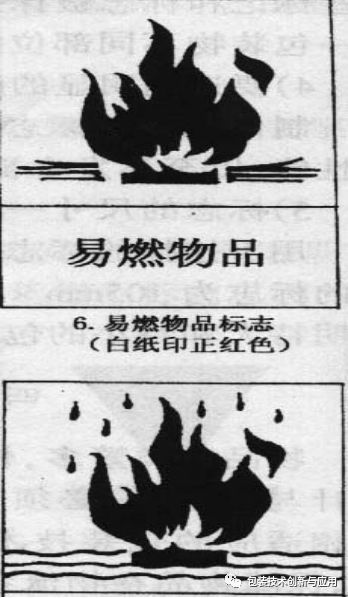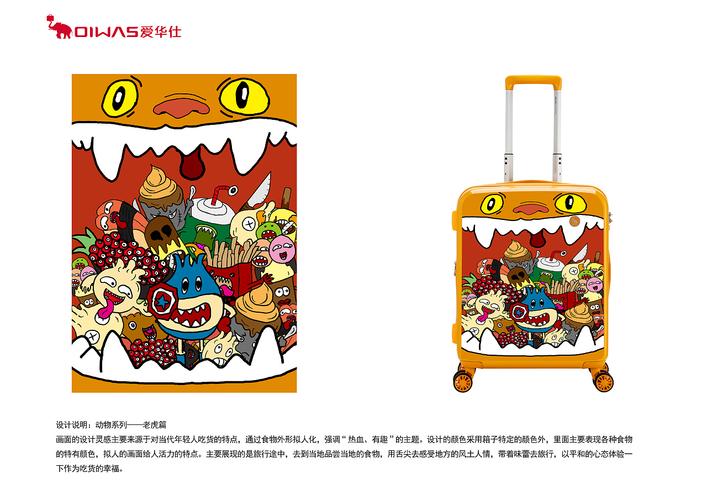Guide to English Packaging Labeling
When it comes to packaging, especially for products intended for export or international distribution, labeling plays a crucial role. English is often the preferred language for packaging labels due to its widespread use and understanding across various regions. Here's a comprehensive guide to English packaging labeling, covering essential elements and best practices:
1. Product Name:
Clearly state the name of the product in English. Ensure it is prominently displayed and easily readable.
Use concise and descriptive wording to accurately represent the product.
2. Ingredients/Contents:
List all ingredients or contents in English, especially if the product contains food, cosmetics, or pharmaceuticals.
Ensure compliance with relevant regulations regarding ingredient labeling.
3. Net Weight/Volume:
Clearly indicate the net weight or volume of the product in metric units (e.g., grams, kilograms, milliliters, liters).
Use easily understandable abbreviations if necessary (e.g., g for grams, ml for milliliters).
4. Manufacturer Information:
Include the name and address of the manufacturer or company responsible for the product.
Provide contact information such as a phone number, email address, or website for customer inquiries or feedback.
5. Country of Origin:
State the country where the product was manufactured or produced.

This information is essential for customs clearance and consumer awareness.
6. Batch/Production Code:
Include a batch or production code for traceability and quality control purposes.
This code helps identify the manufacturing batch and track the product if necessary.
7. Instructions for Use:
Provide clear and concise instructions for using the product, if applicable.
Include any safety precautions or warnings to ensure proper usage.
8. Barcodes:
Include barcodes for efficient inventory management and retail sales tracking.
Ensure compliance with international barcode standards for universal scanning.
9. Expiry Date:
Clearly mark the expiry or "use by" date of the product.
This information is crucial for consumer safety and product freshness.
10. Additional Labels:
Depending on the product type, consider including additional labels such as organic certifications, allergen warnings, or recycling instructions.
Ensure these labels are clear, accurate, and compliant with relevant regulations.
Best Practices:
Clarity and Legibility:
Ensure all text on the packaging labels is clear, legible, and easy to read.
Consistency:
Maintain consistency in design and formatting across all packaging labels for brand recognition.
Compliance:
Adhere to relevant regulations and standards specific to the product type and target market.
Translation:
If targeting nonEnglishspeaking markets, provide translations of essential information in the respective languages.
Testing:
Conduct thorough testing of packaging labels to ensure accuracy and effectiveness before distribution.Conclusion:
Effective packaging labeling in English is essential for conveying important information to consumers, ensuring product safety and compliance, and facilitating international trade. By following this guide and implementing best practices, manufacturers can create packaging labels that are informative, attractive, and userfriendly.
I hope this guide helps you understand the key aspects of English packaging labeling! If you need further assistance or have specific questions, feel free to ask.











